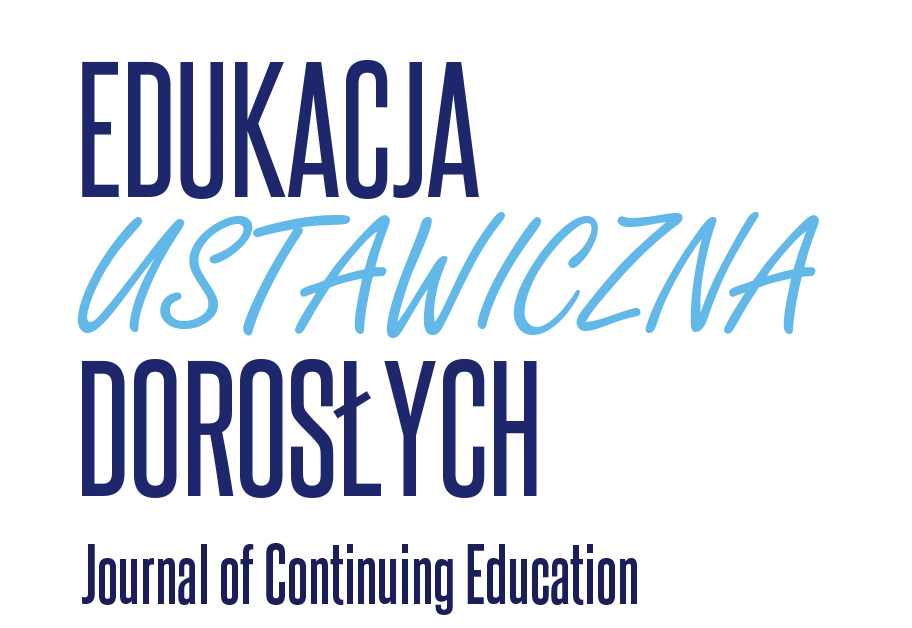Analysis of the organizational aspects of the functioning of the dual education model implemented
within the Radom Metal Cluster – results of the survey (part 1)![]()
Analiza aspektów organizacyjnych funkcjonowania modelu kształcenia dualnego realizowanego w ramach Radomskiego Klastra Metalowego – wyniki badań ankietowych (część 1)
DOI: 10.34866/59t1-5a19
Łukasz Białczak ORCID: 0000-0002-6425-43-12
Przemysław Radomski ORCID: 0000-0003-3943-2938
Mirosław Żurek ORCID: 0000-0003-1081-588X
Słowa kluczowe: szkolnictwo branżowe, kształcenie dualne, uczeń, pracodawcy, Radomski Klaster Metalowy, aspekty organizacyjne, wyniki badań.
Key words: vocational education, dual education, student, employers, Metal Cluster in Radom, training needs, forms of improvement, research results.
Streszczenie: W artykule przedstawiono wyniki badań ankietowych przeprowadzonych przez Izbę Przemysłowo-Handlową Ziemi Radomskiej przy wsparciu Sieć Badawcza Łukasiewicz – Instytutu Technologii Eksploatacji w Radomiu dotyczących analizy funkcjonowania modelu kształcenia dualnego realizowanego w ramach Radomskiego Klastra Metalowego. Badania zostały przeprowadzone w 2021 roku na grupach: 54 uczniów uczestniczących w zajęciach praktycznych zorganizowanych w formie kształcenia dualnego w zawodzie szkolnym „Operator obrabiarek skrawających”; 11 przedstawicieli szkolnictwa branżowego oraz 16 przedstawicieli firm, w których uczniowie odbywali zajęcia praktyczne. Respondenci odpowiedzieli na pytania dotyczące czterech obszarów tematycznych: 1) Aspekty organizacyjne zajęć praktycznych dla uczniów prowadzonych w formie kształcenia dualnego; 2) Opanowanie przez uczniów efektów uczenia się wyróżnionych w programie zajęć; 3) Zadowolenie, użyteczność i trudności związane z realizacją zajęć praktycznych w formie kształcenia dualnego w firmach oraz 4) Zatrudnialność absolwentów i zainteresowanie firm z branży metalowej organizacją kształcenia dualnego w innych zawodach szkolnych. W niniejszym artykule przedstawiono wyniki badań odnoszące się do oceny przez respondentów aspektów organizacyjnych kształcenia dualnego. Pozostałe zagadnienia będą przedmiotem kolejnego artykułu zamieszczonego w numerze 1/2022. Pozyskanie wiedzy na ten temat jest ważną wskazówką do skonstruowania wniosków i rekomendacji w zakresie doskonalenia funkcjonowania modelu kształcenia dualnego.
Abstract: The article presents the results of a survey concerning the analysis of the functioning of the dual education model implemented by the Metal Cluster in Radom. The survey was conducted by the Chamber of Industry and Commerce in Radom with the support of Łukasiewicz Research Network – Institute of Sustainable Technologies. The research was carried out in 2021 on the following groups of respondents: 54 students participating in practical training organized in the form of dual education in the school profession “Cutting tool operator”; 11 representatives of VET education and 16 representatives of companies where students had had their practical training. The respondents answered questions in four domains: 1) Organization of practical training in the form of dual education; 2) Mastering the learning outcomes distinguished in the curriculum; 3) Satisfaction, usefulness and difficulties related to the implementation of practical training in companies, and 4) Employability of graduates and the interest of companies from the metal industry in dual education in other school professions. This article presents the results of research on the organization of dual education. The remaining aspects of dual education will be analysed in the next article published in the Journal of Continuing Education (issue 1/2022). It will be an important hint for the development of conclusions and recommendations for the
improvement of dual education.

